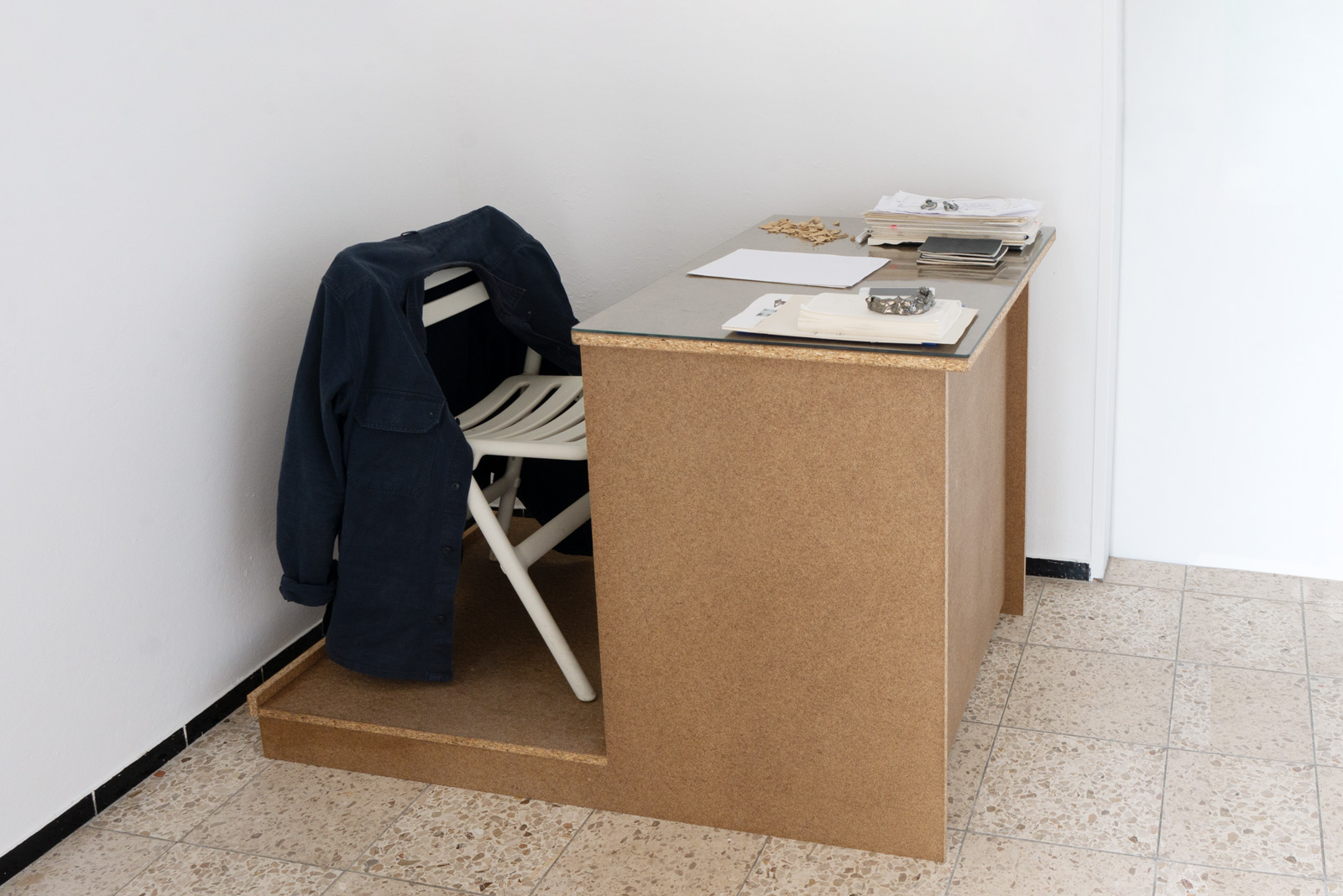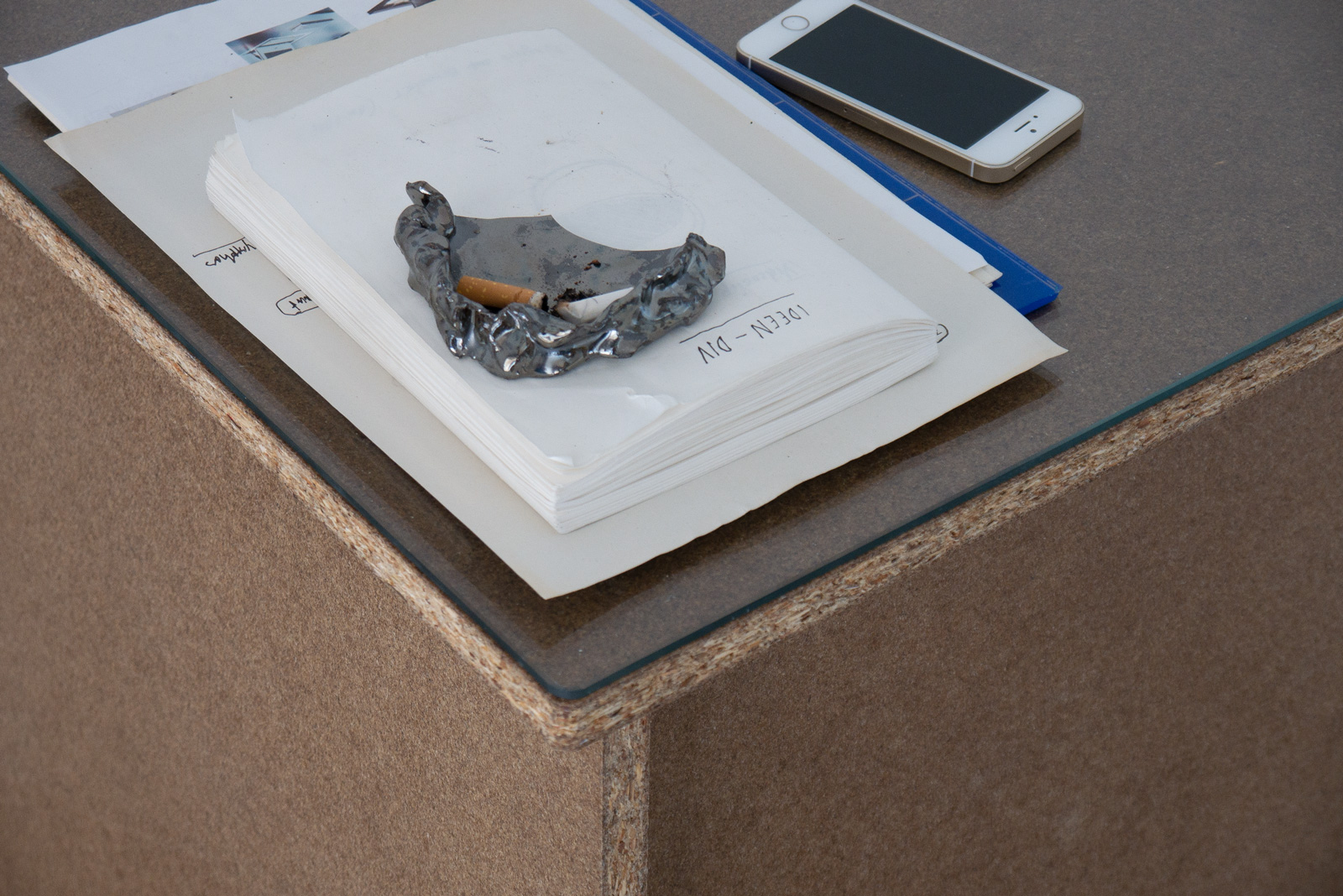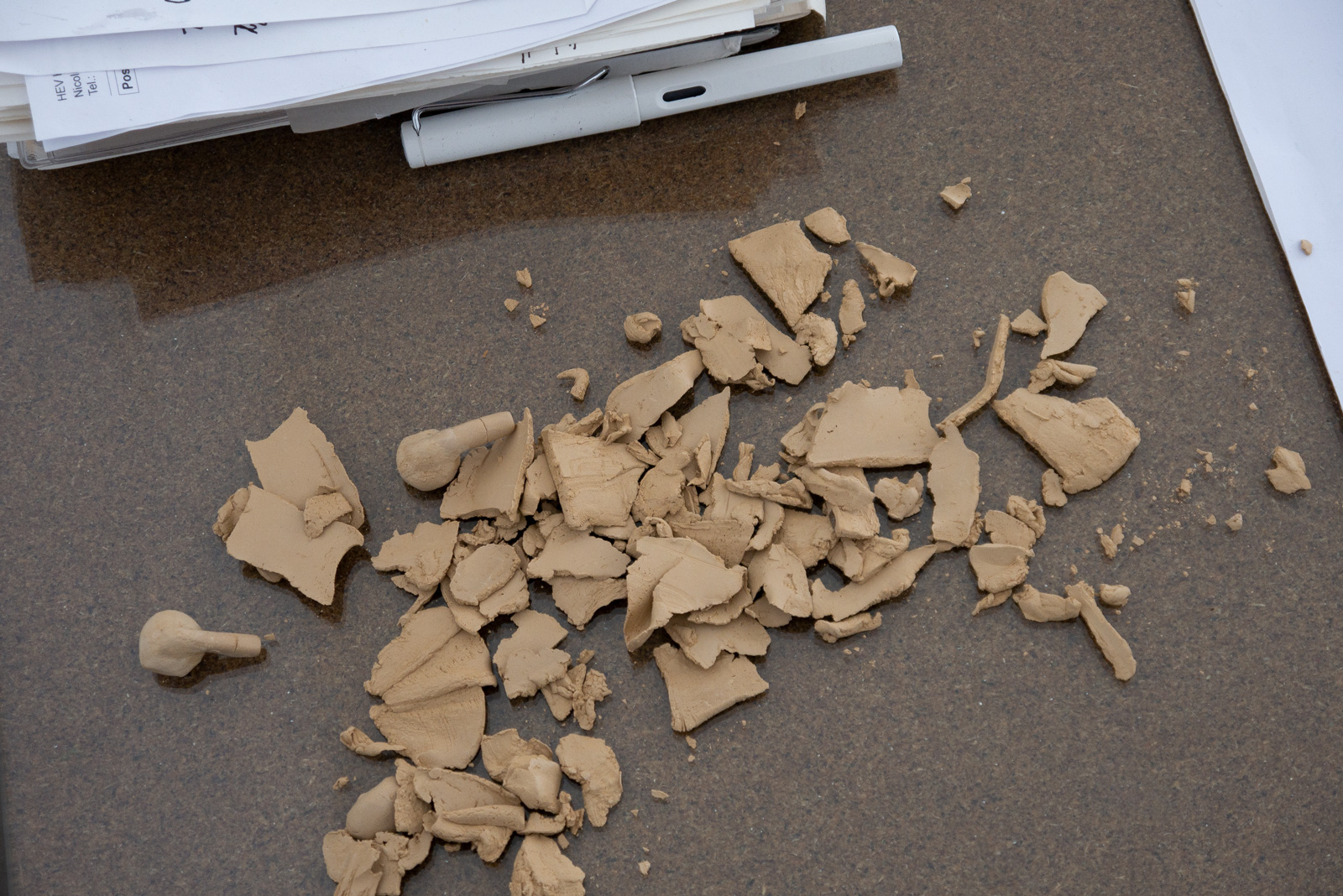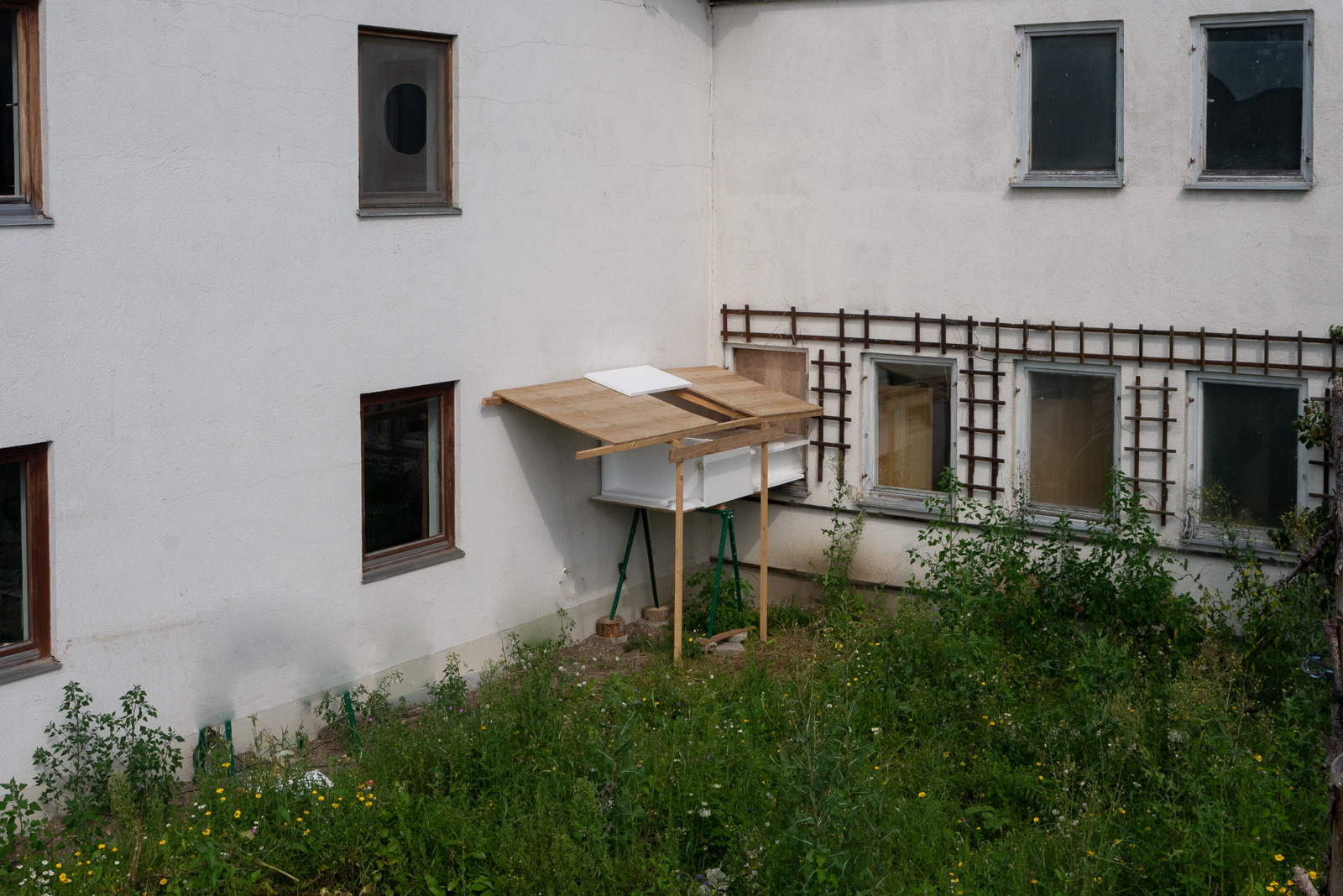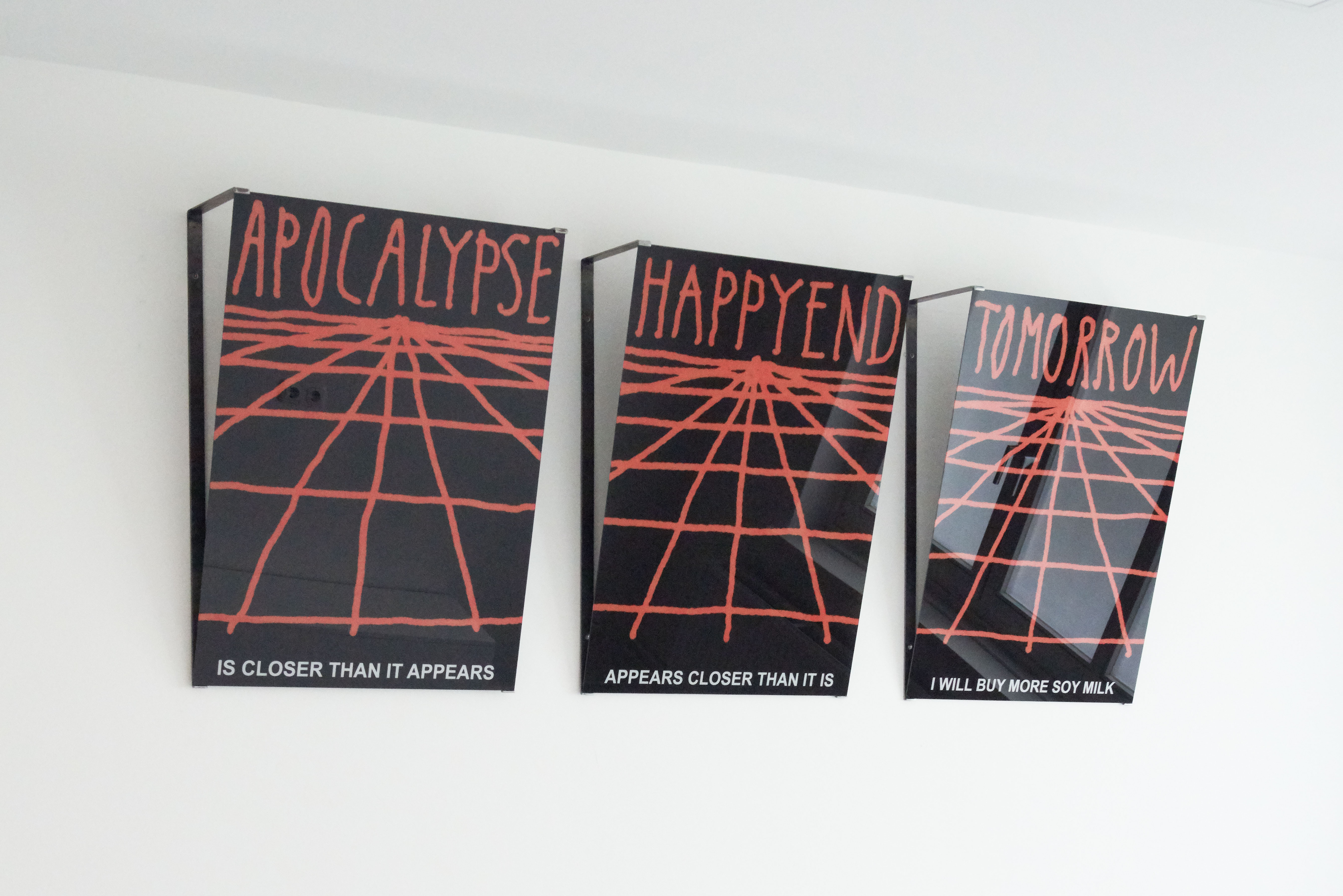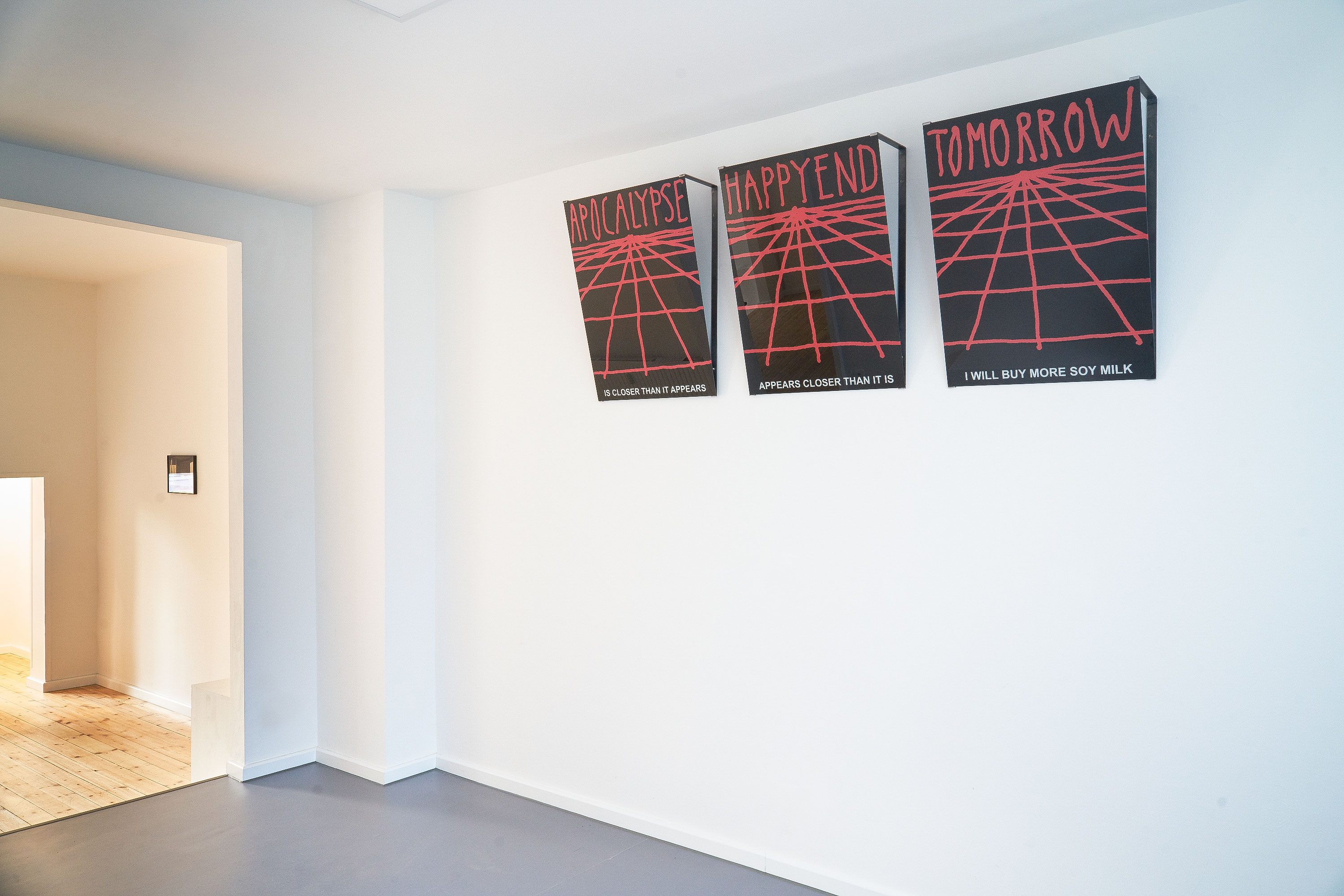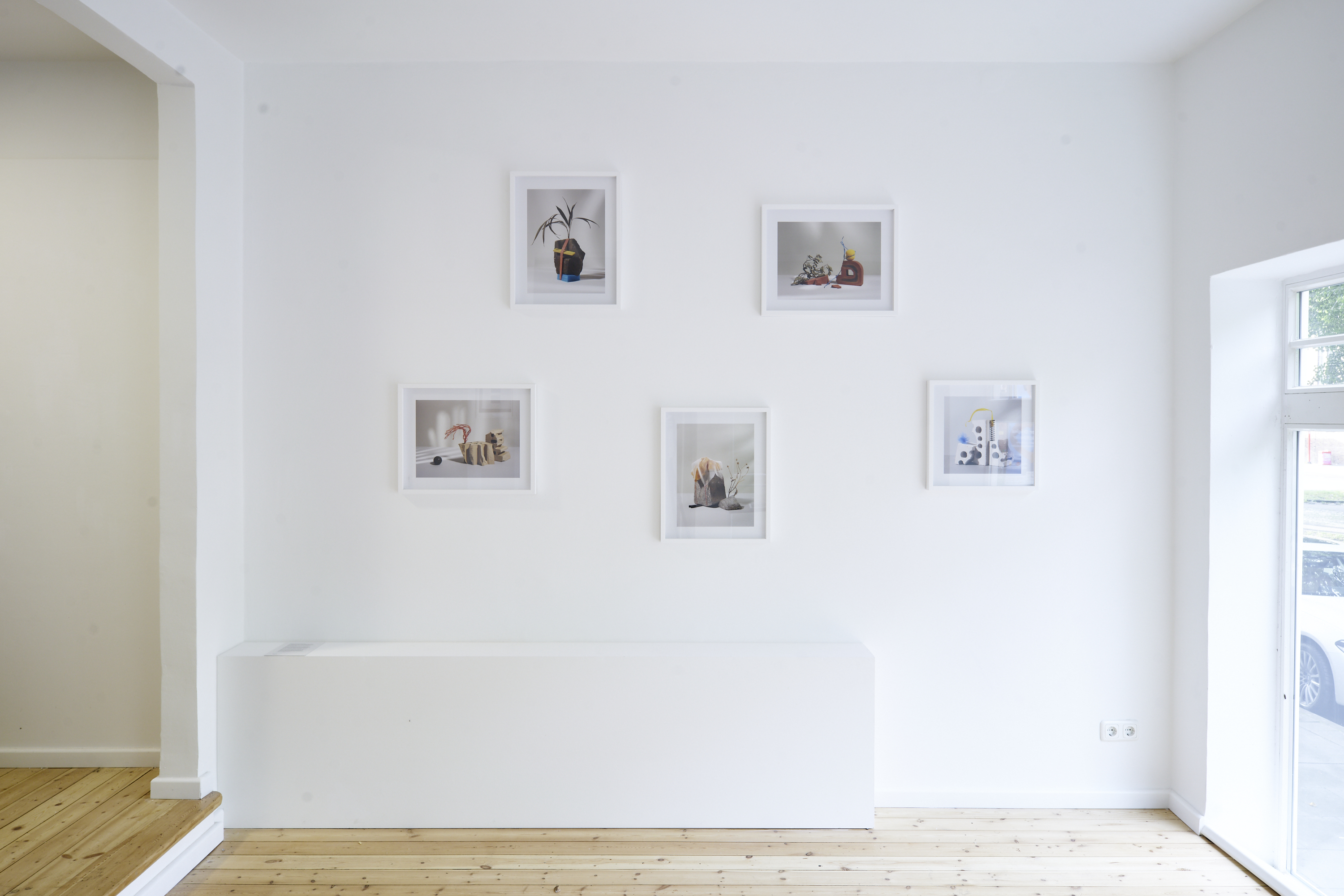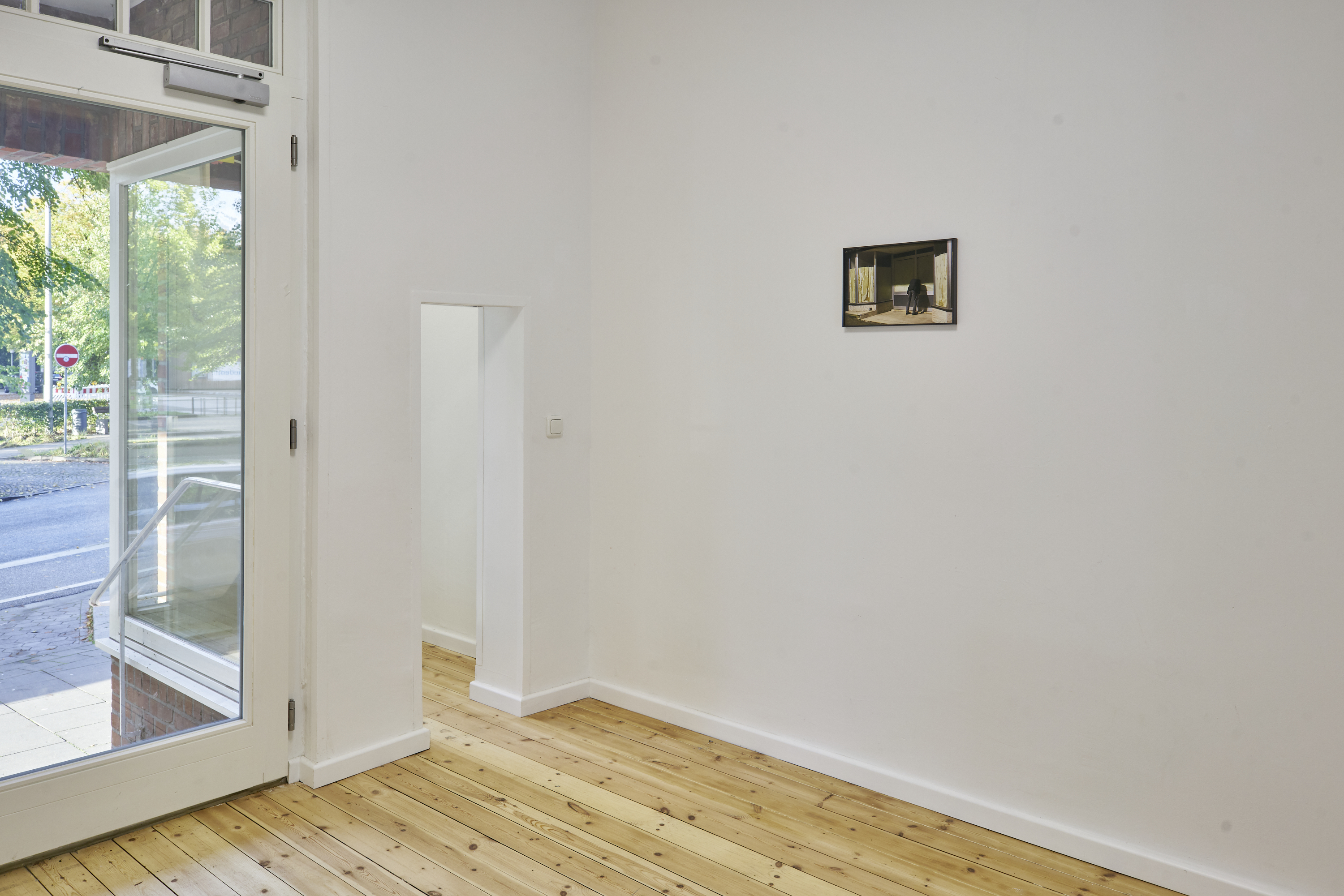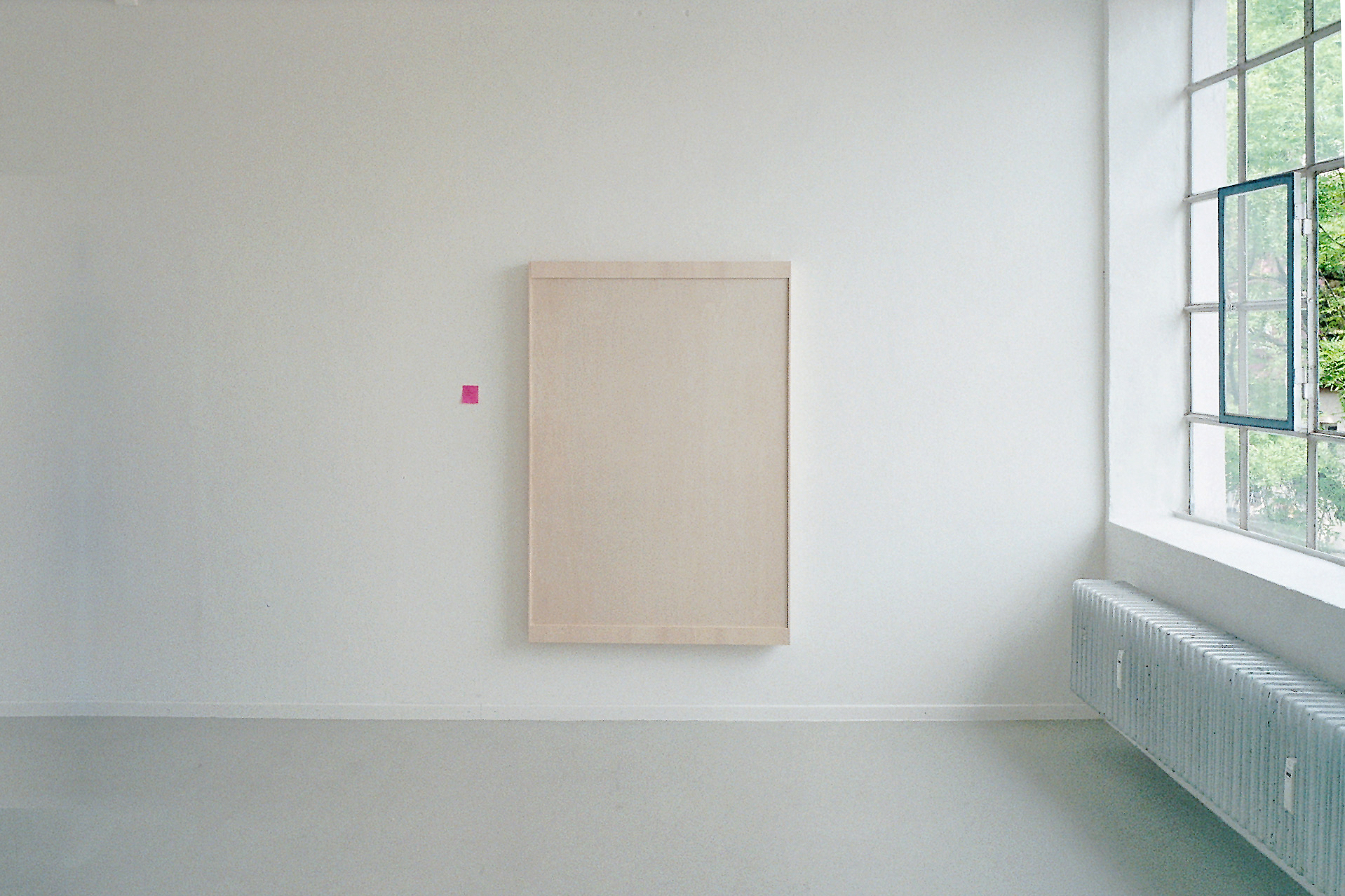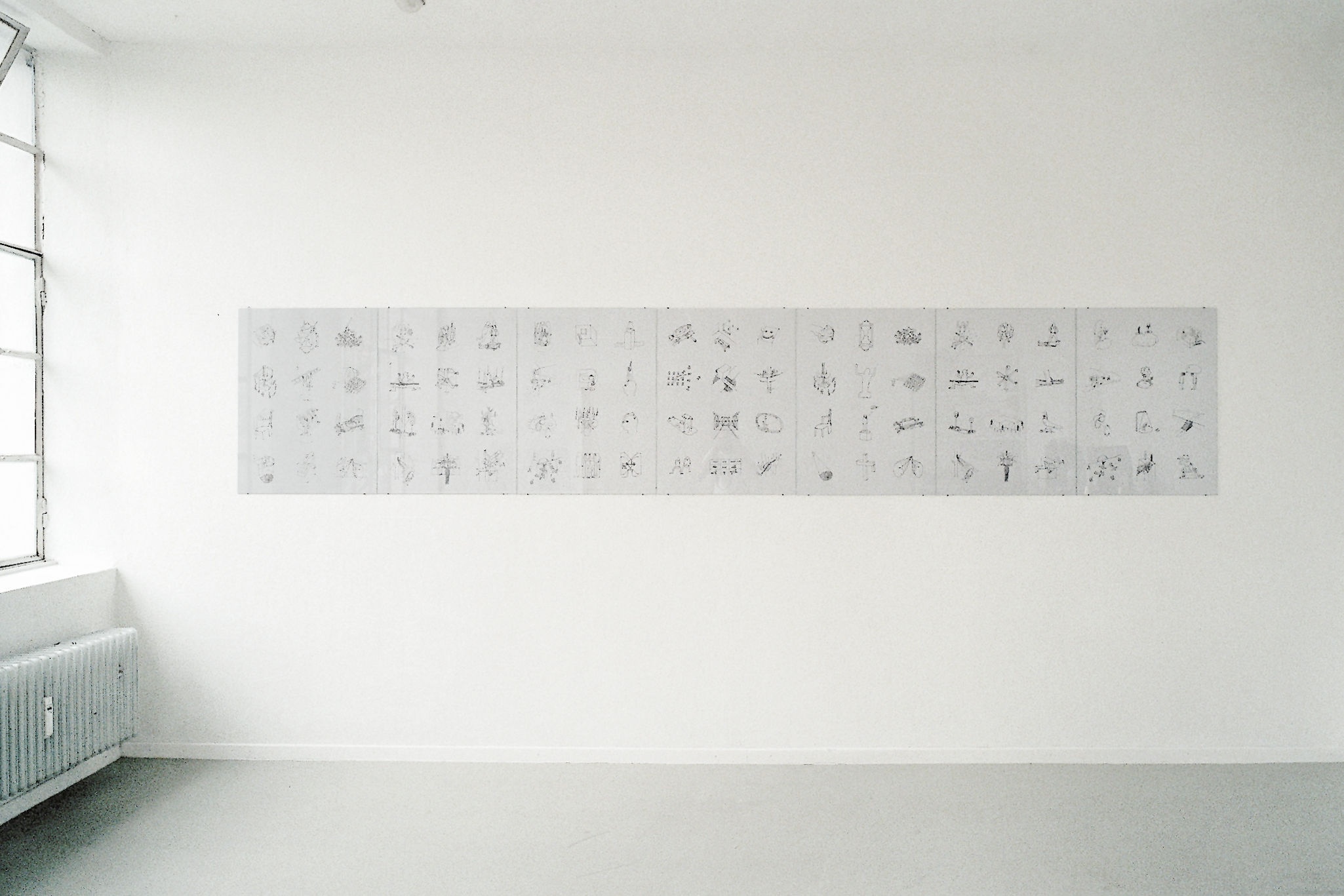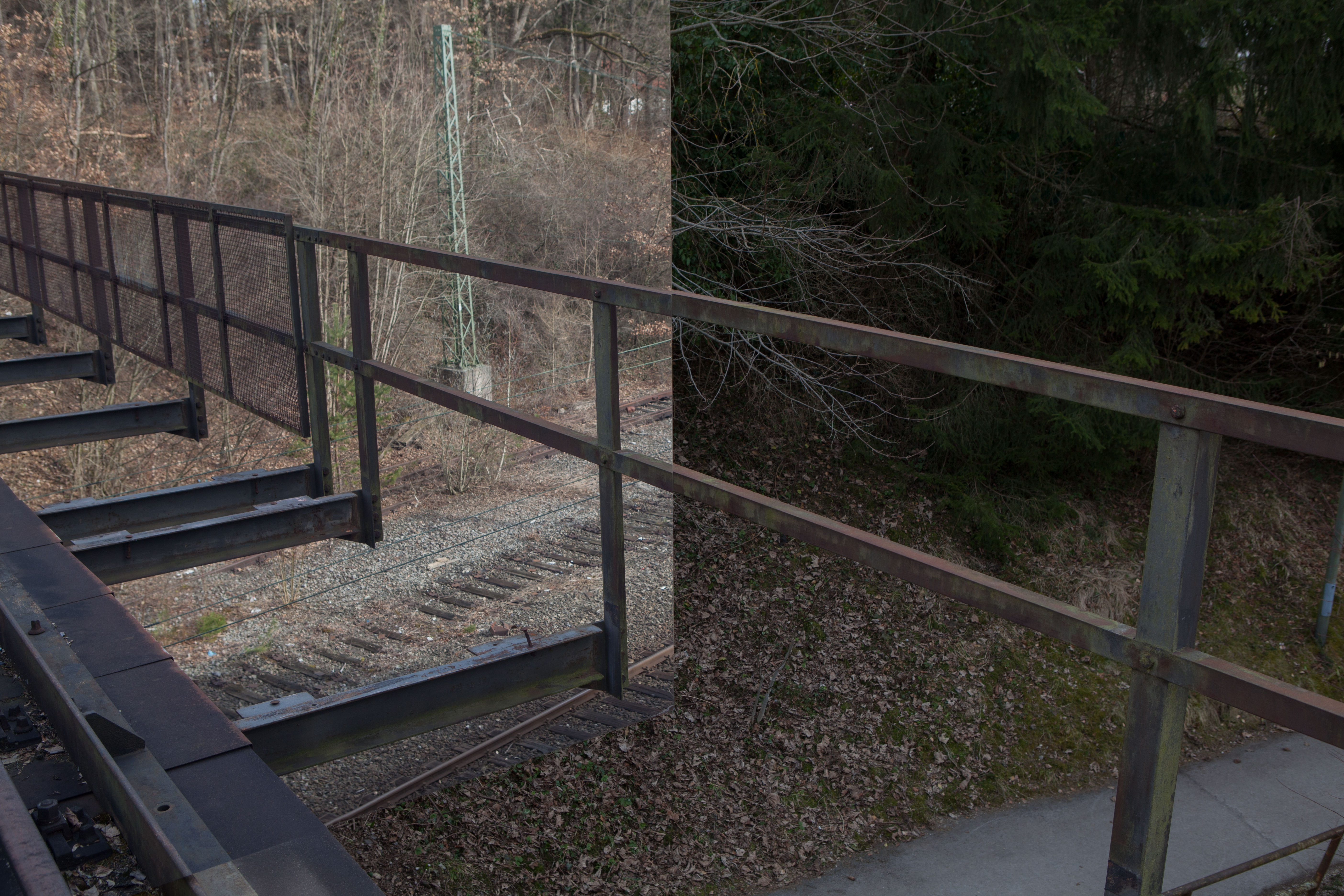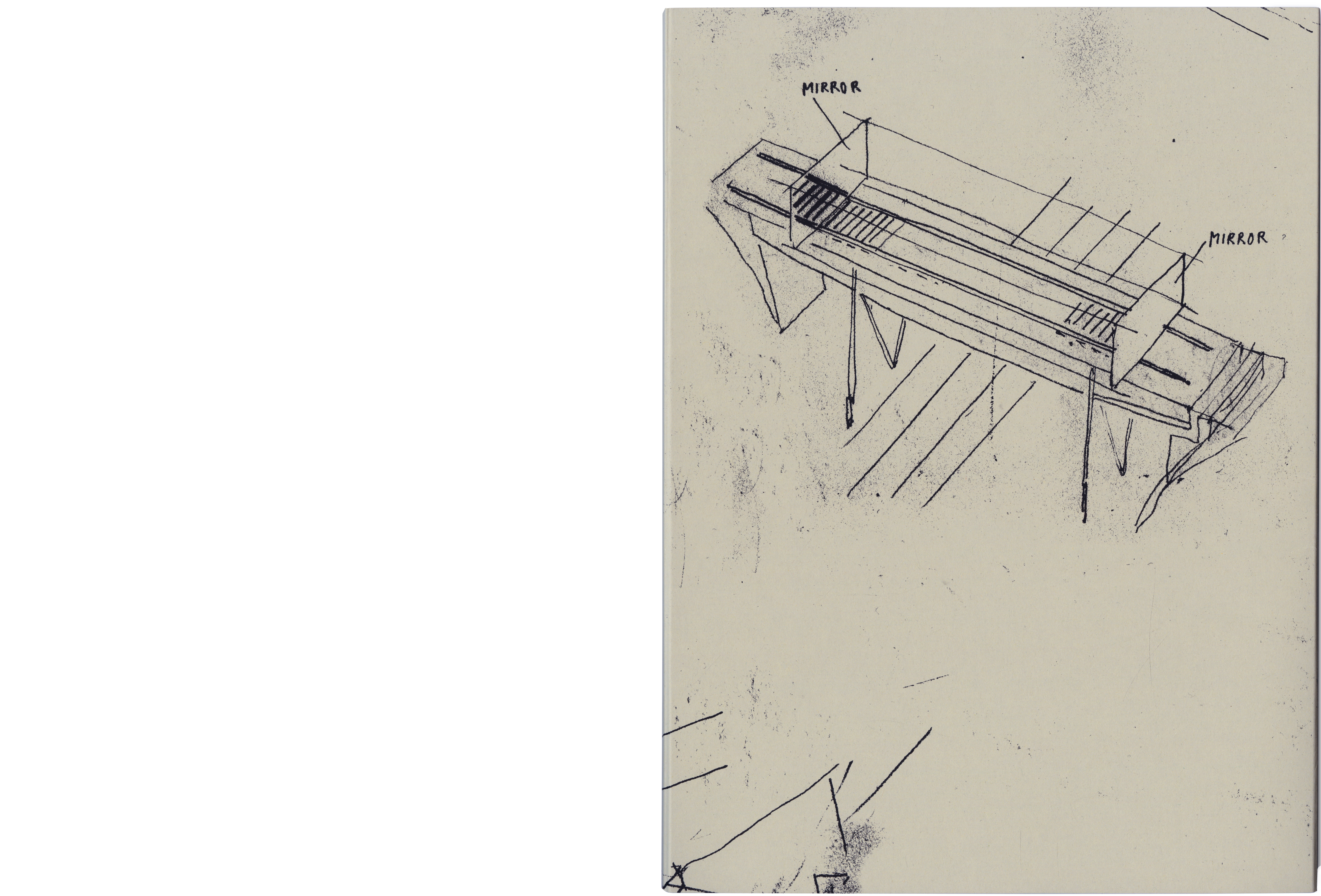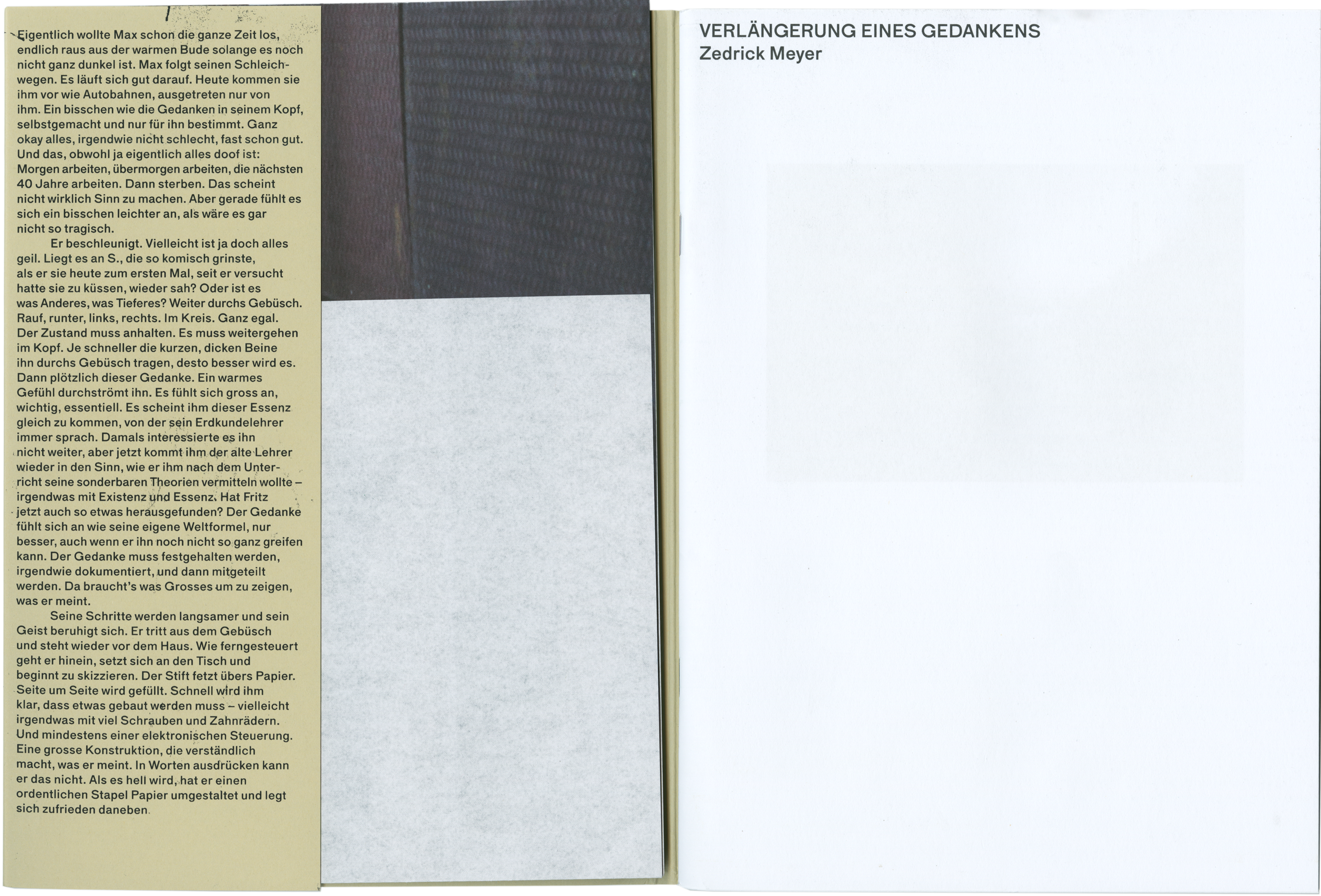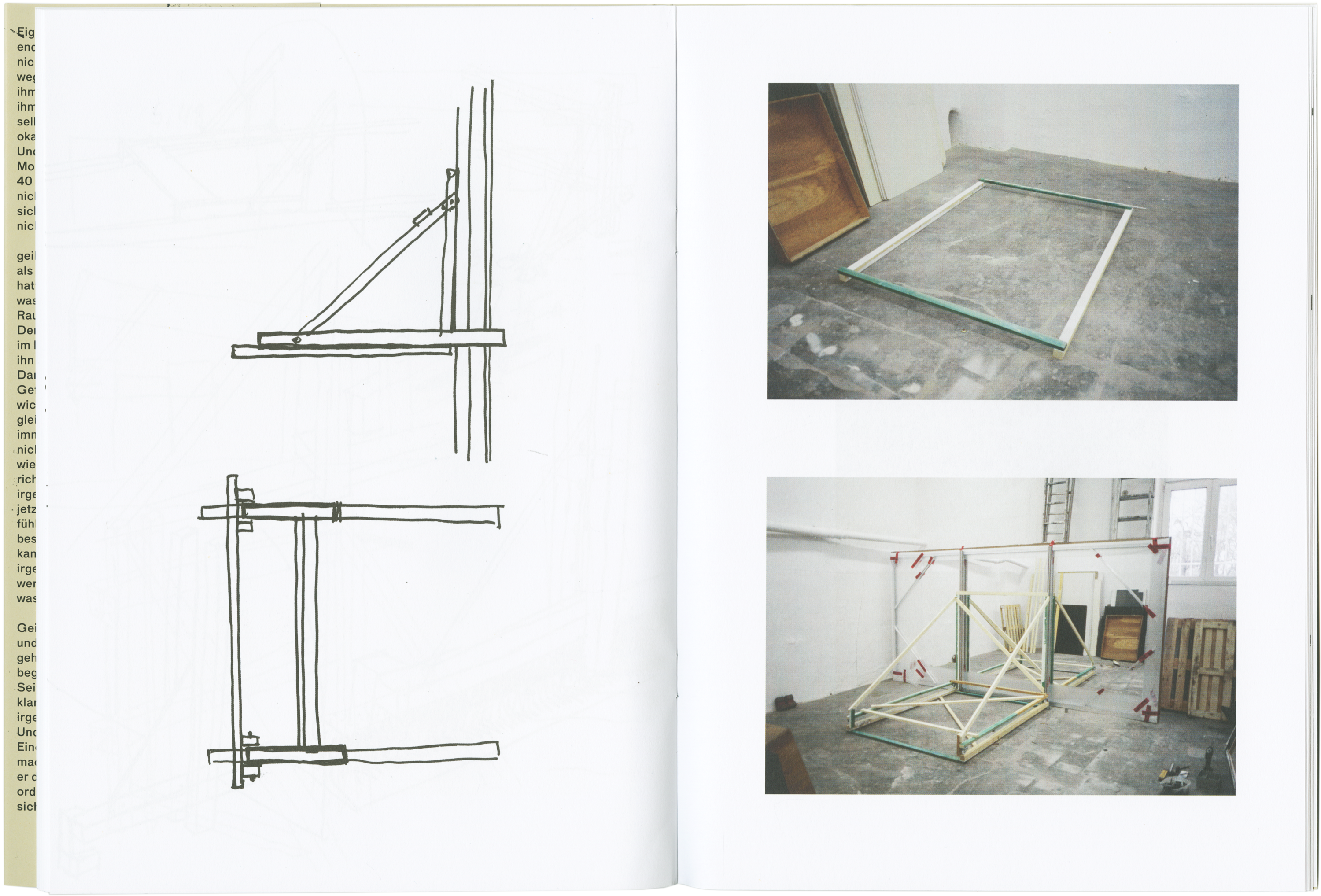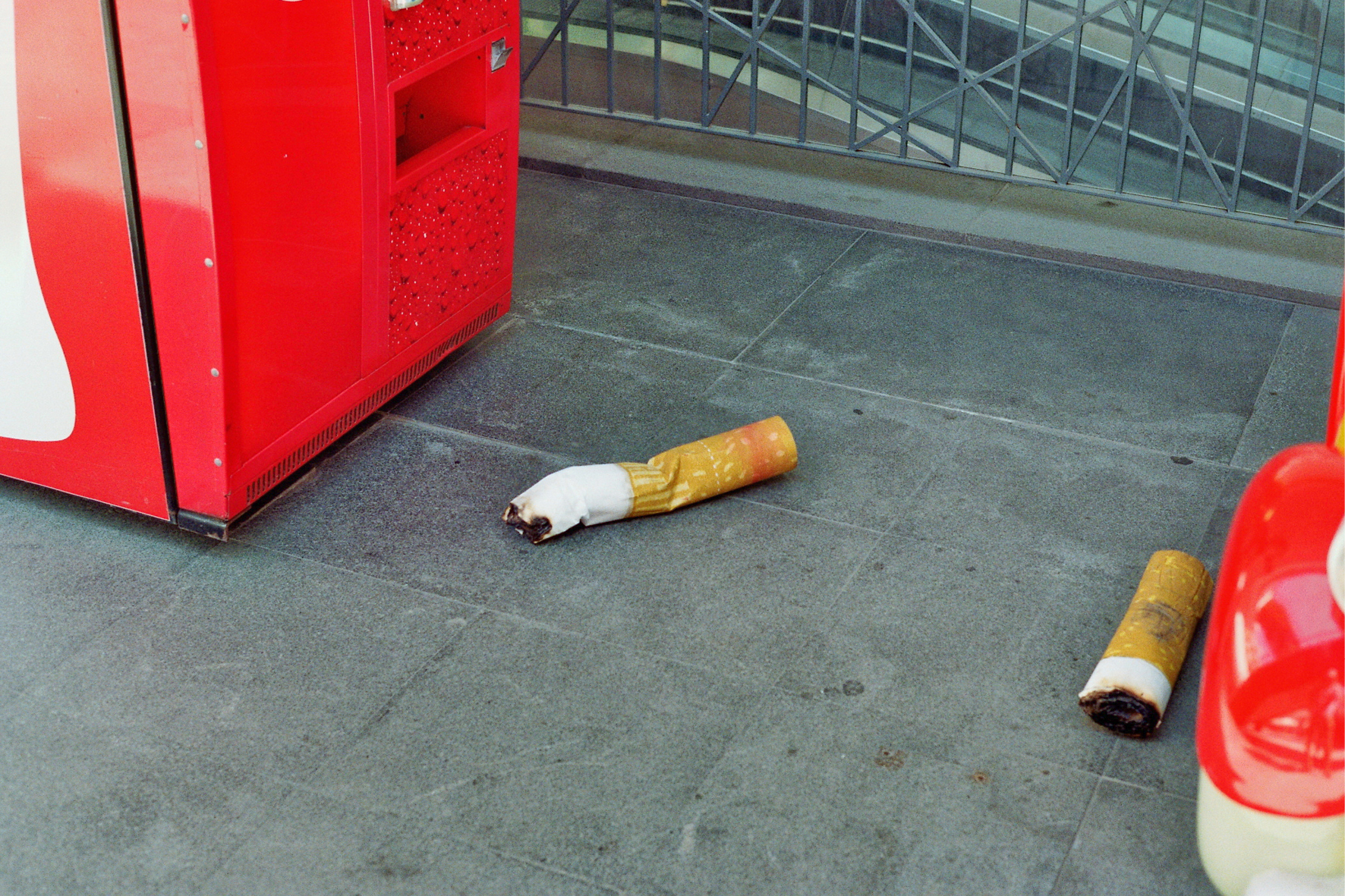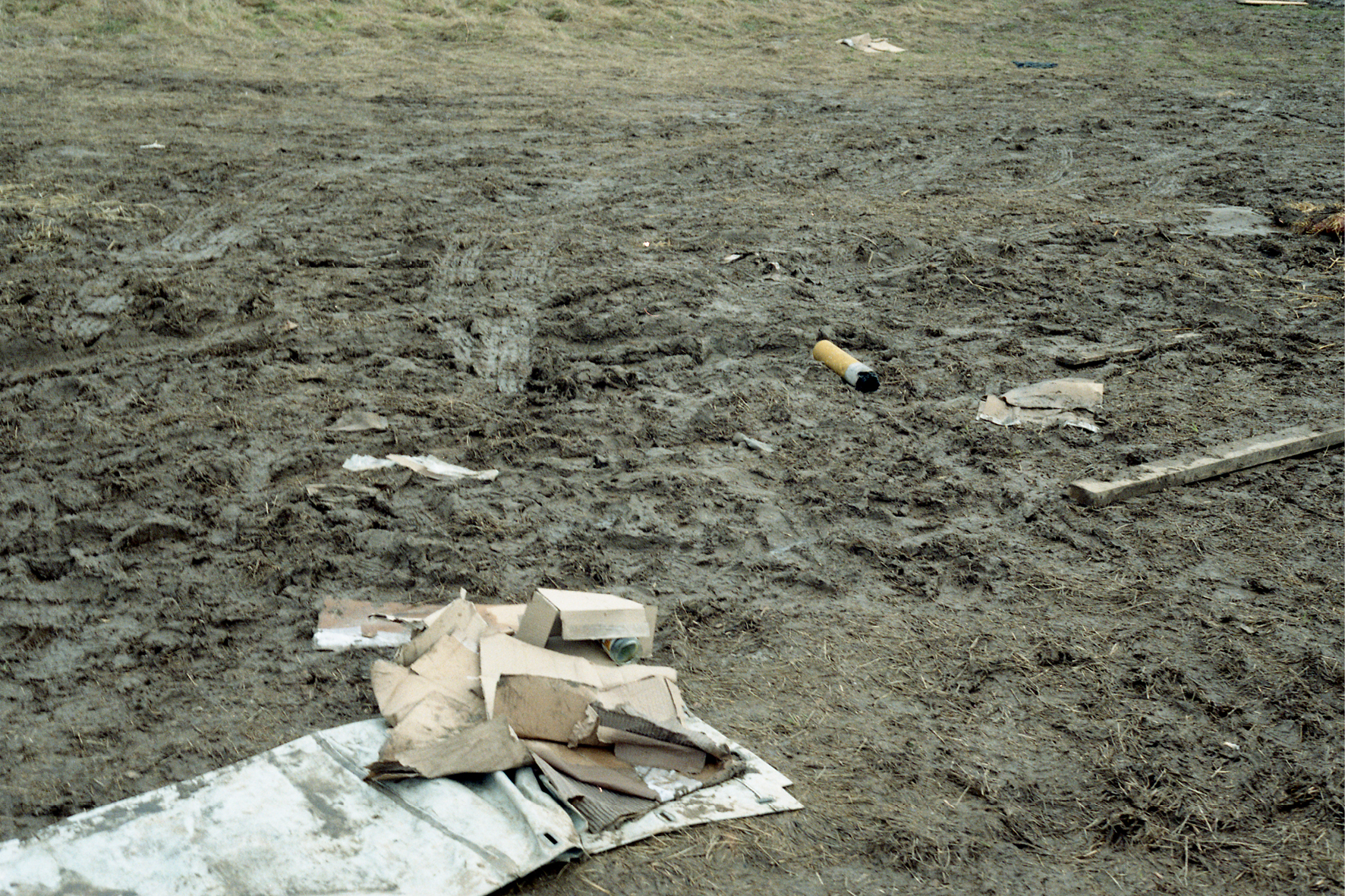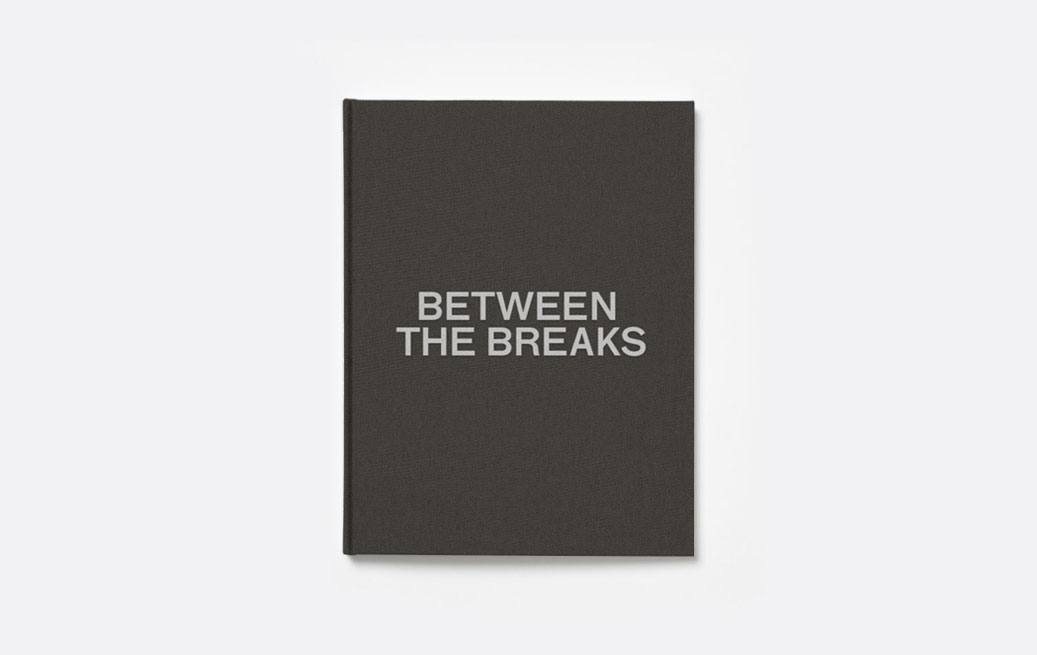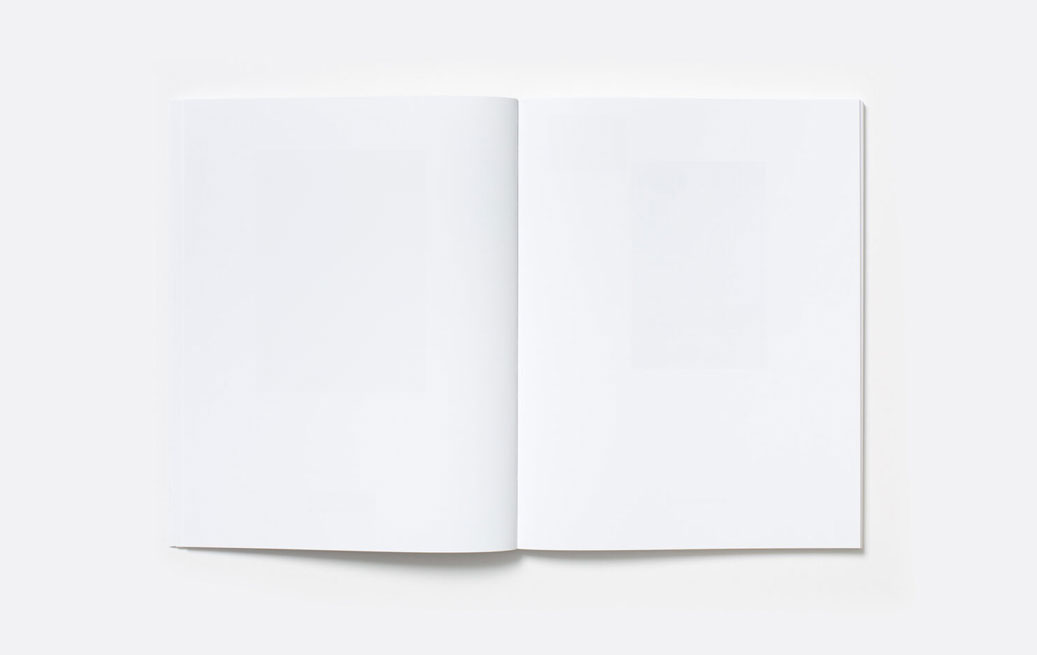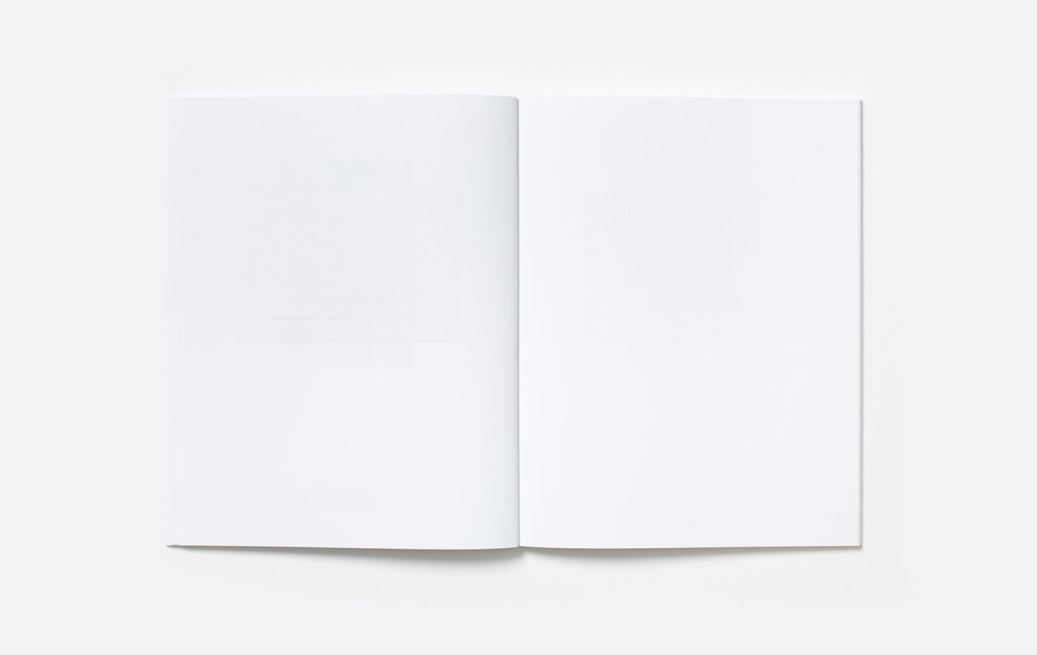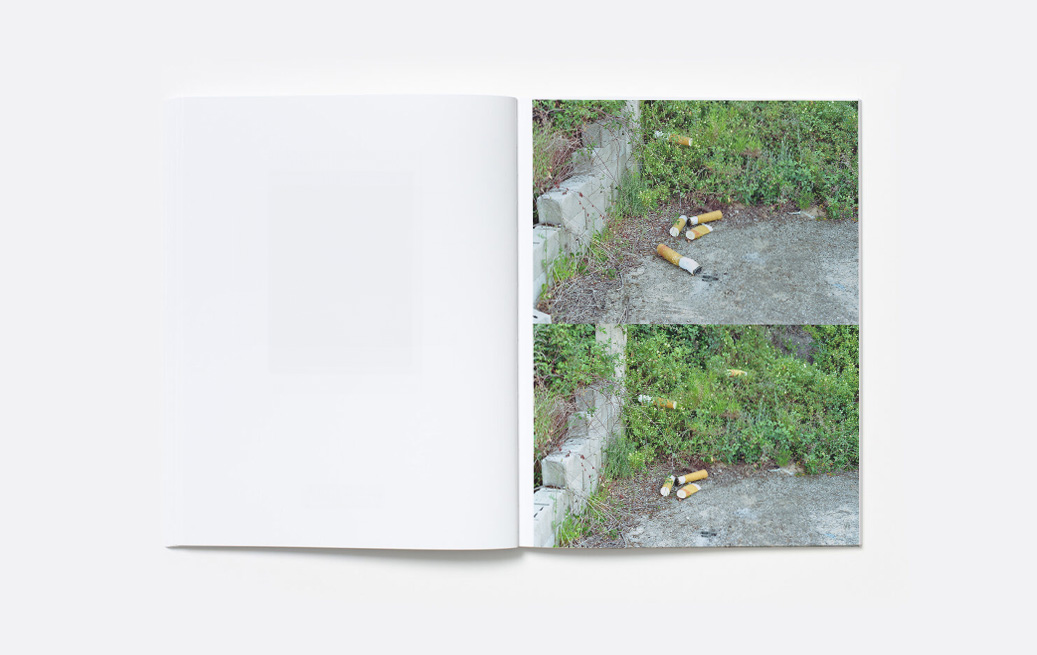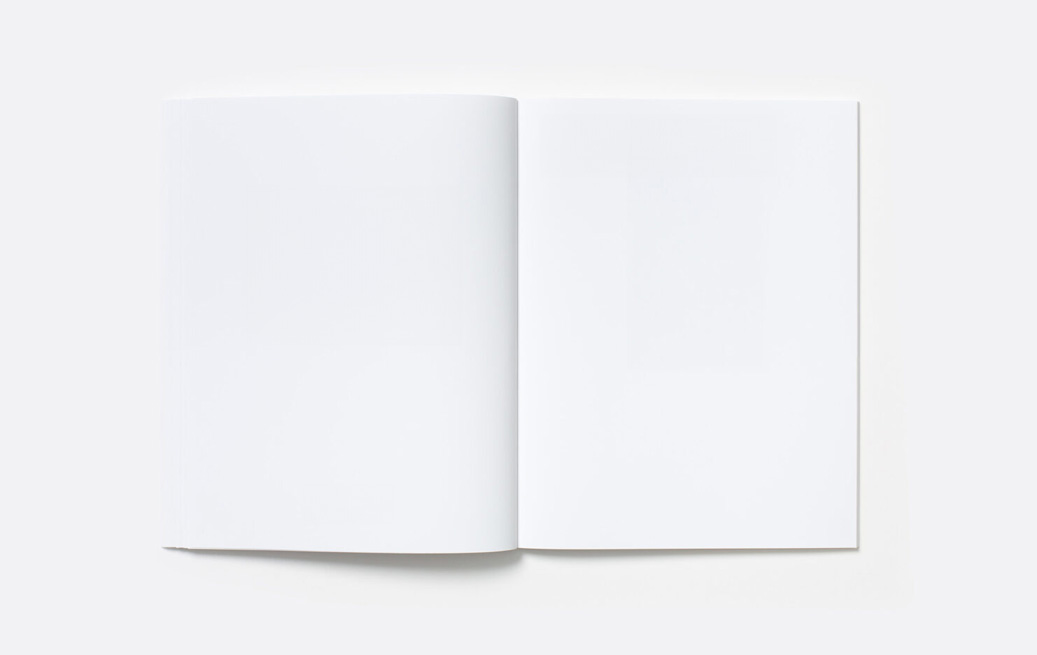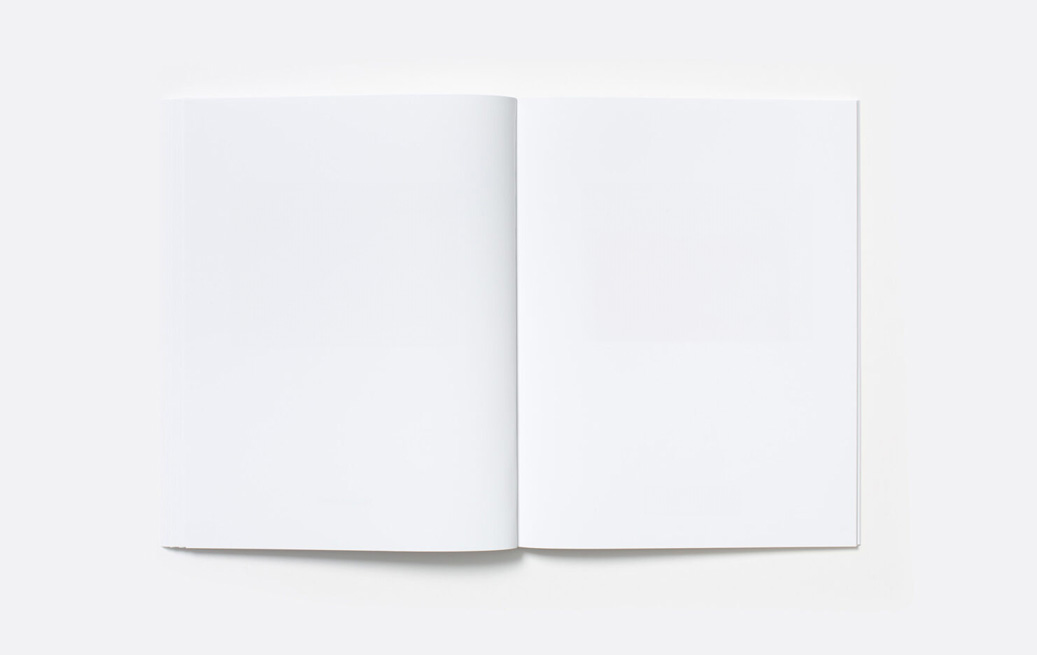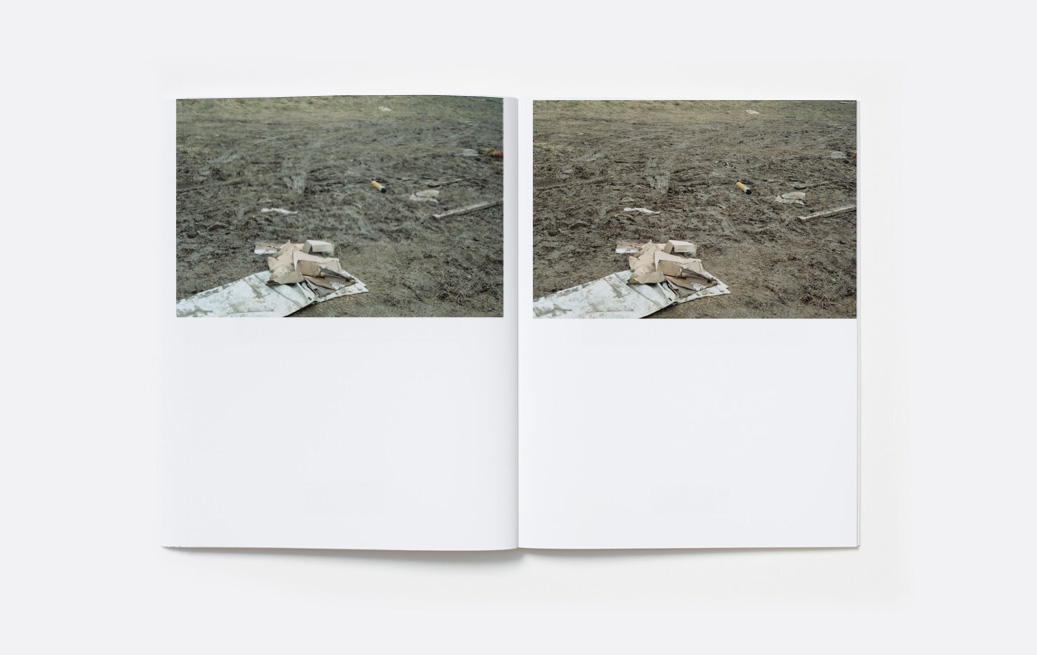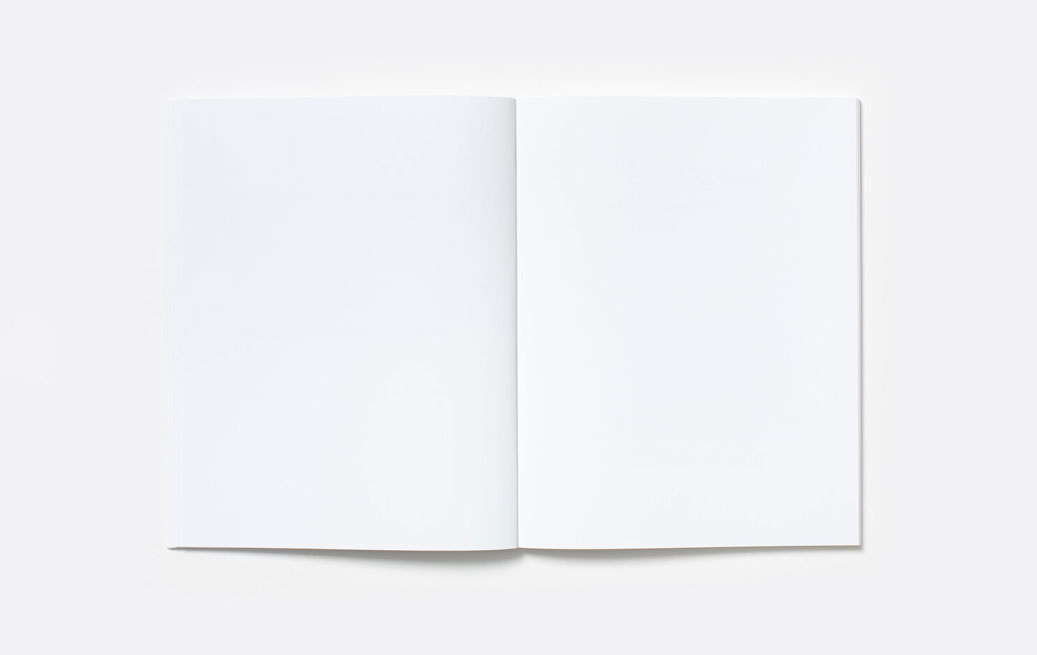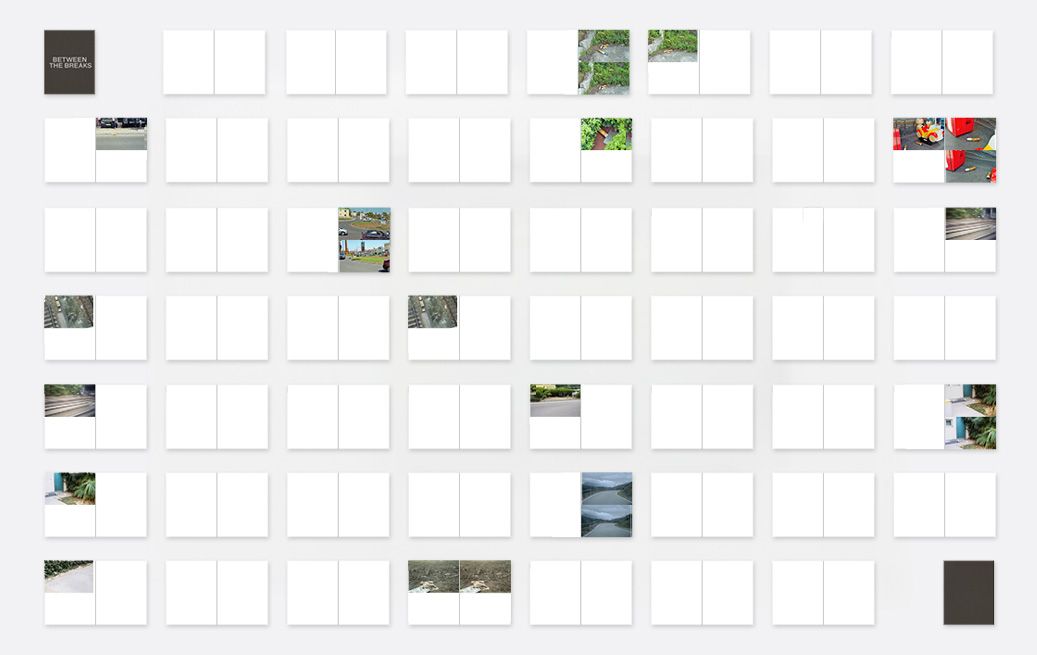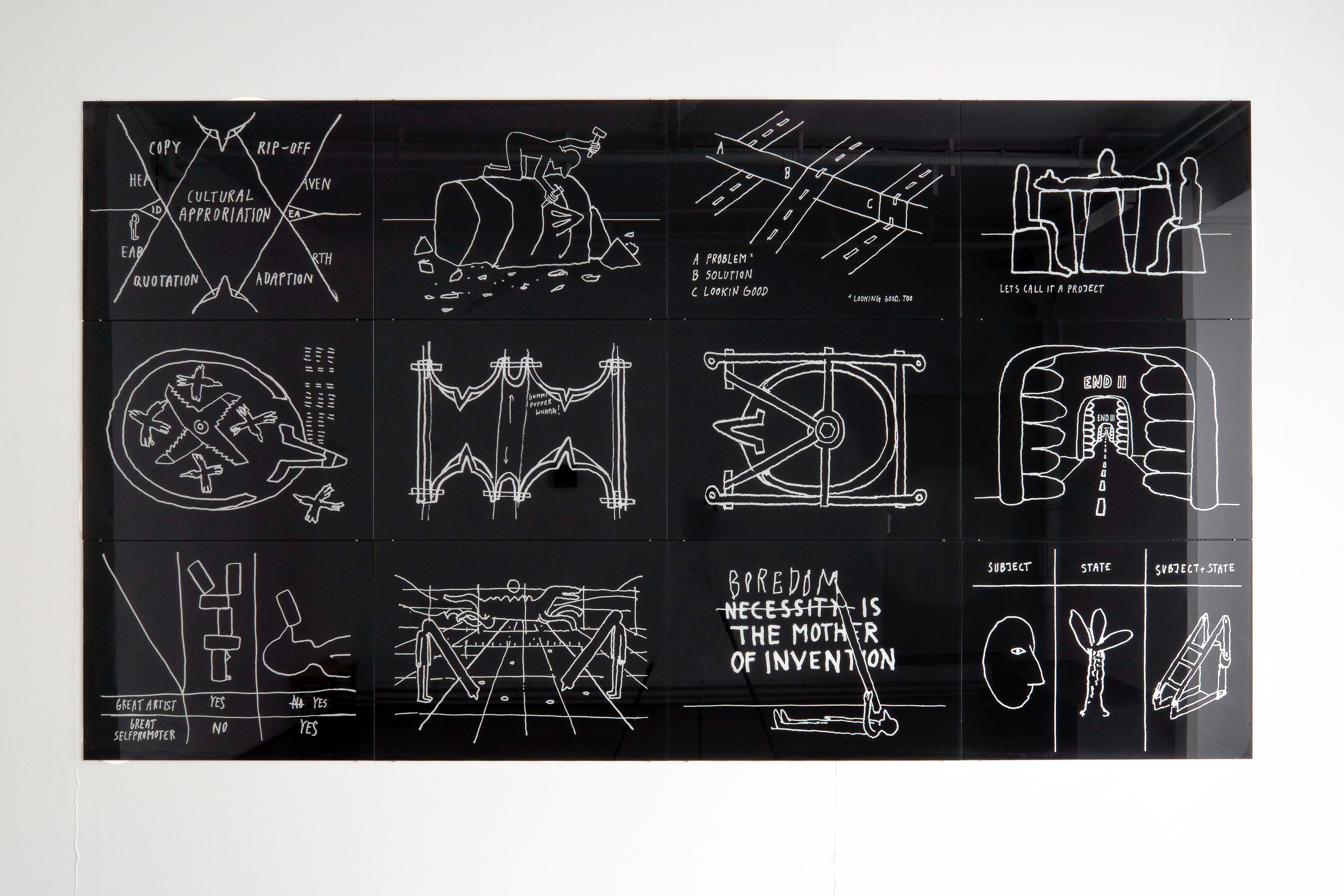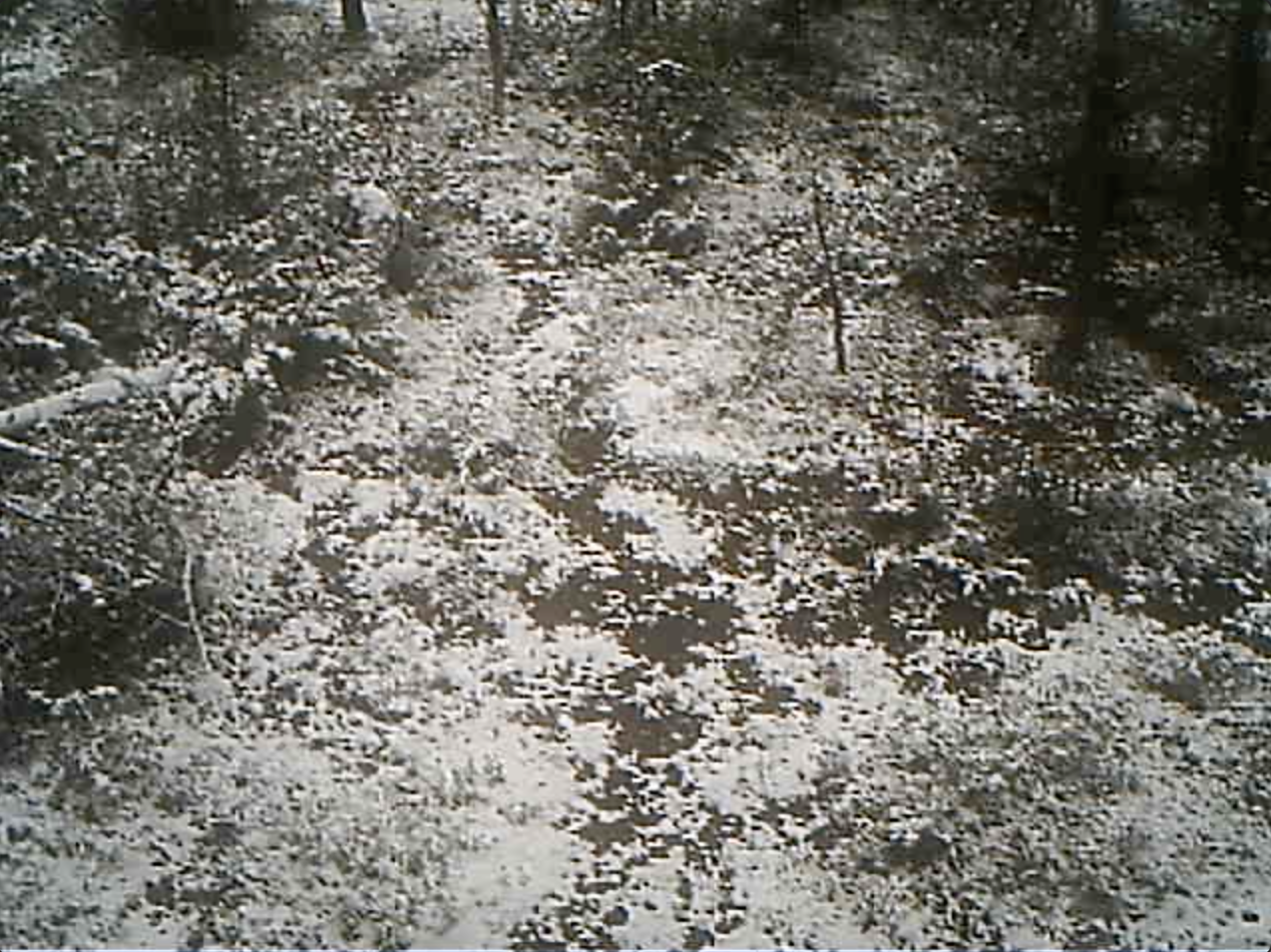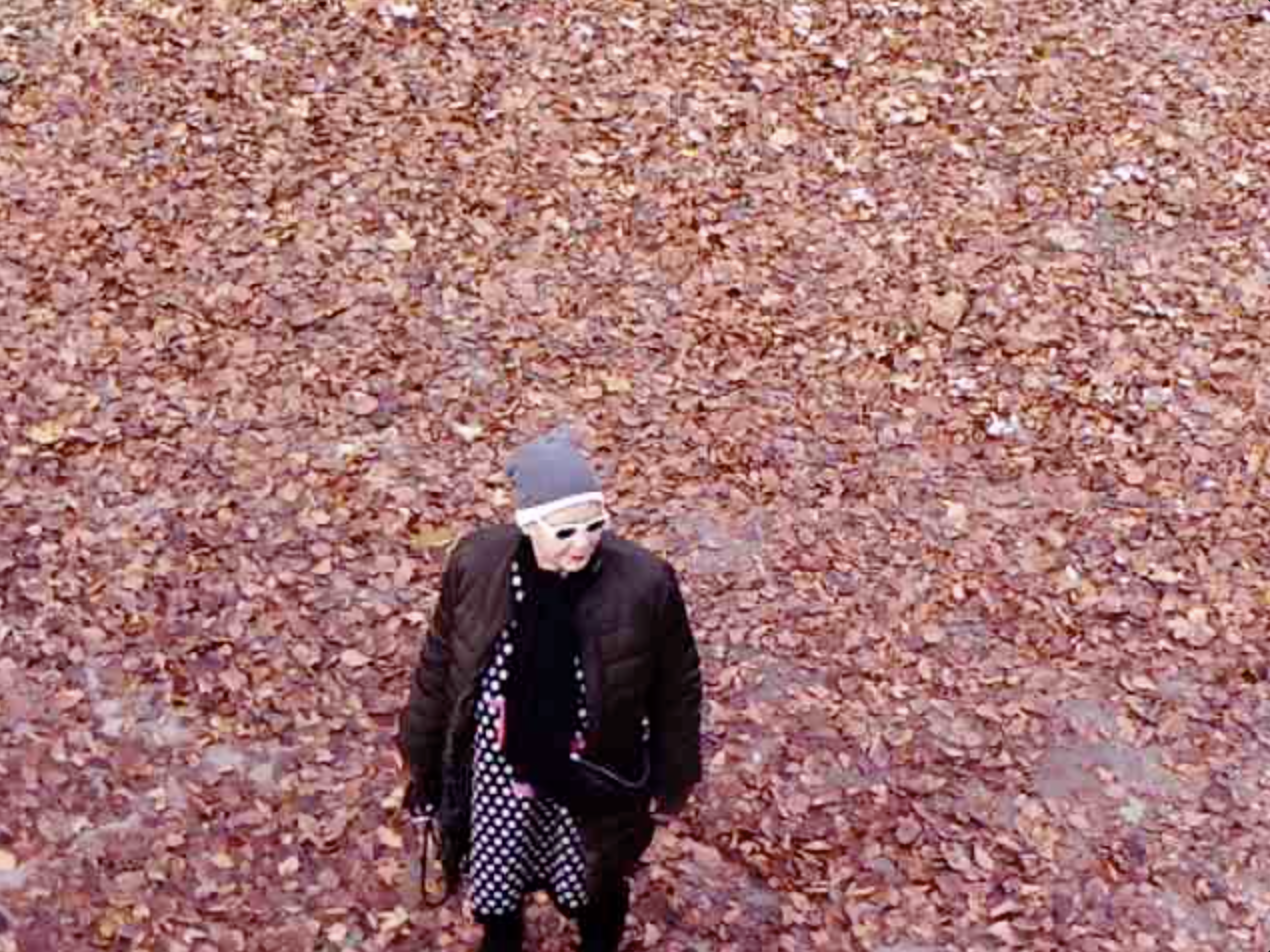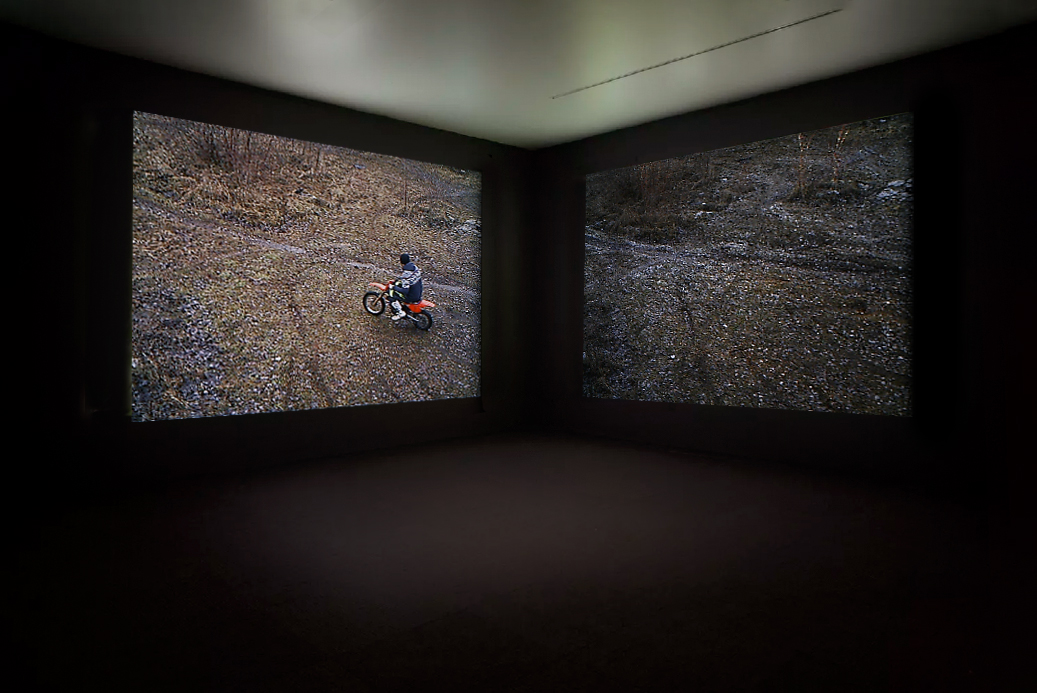CONFLICTS (ONGOING)
Leonhard Rothmoser's drawings make do with just a few strokes. His figures have pointed noses, uniform bodies and offer plenty of room for identification. The genderless and faceless figures can be found in a wide variety of scenarios in Rothmoser's works. They hold each other tightly, look at or past each other, are close and yet distant. Without facial expressions and with discreet body language, they negotiate conflicts, whether with themselves or others remains unclear.
For his solo exhibition "Conflicts (Ongoing)", Leonhard Rothmoser is showing prints and monotypes from the last two years. At the heart of the exhibition is the series of works "I am your new idea and you will not like me", created during his residency at the Frans Masereel Center in Antwerp. During his stay, Rothmoser developed a combination of analog and digital print templates, from which he combined individual monotypes. The title of the series can be found as fragmentary lettering on the works, sometimes overlapped by colored areas or only fragmentarily legible. Not only text, but also graphic elements appear repeatedly in the pictures. "I am your new idea and you will not like me" tells the story of a personal dilemma that most people will be familiar with. When we have an exact idea of something, it can be very difficult to realize and turn away from this idea. People tend to hold on to something, to literally cling to the idea, even if this idea does not materialize and it is time to let go.
Rothmoser succeeds in capturing these inner and outer conflicts on a two-dimensional level. The personal confrontation is also reflected in the individual compositions of the monotypes. The artist repeatedly recombines the two-dimensional stencils, placing forms, colors and graphics in a new relationship and thus creating tension in the pictorial structure. Peppered with humorous accents, the artist fans out a range of feelings and sensations. In doing so, he puts his finger in the wound and uses a reduced, pictorial vocabulary to create impressive images of ongoing conflicts that haunt us in everyday life.
Monotype prints 2022–2024, gallery Vonform, munich, 2024
Text: Julia Anna Wittmann
SUCCESSFULLY UNREALISED
Every project, no matter what size, is preceded by a phase of design and planning. In this phase, reality takes a backseat for a moment and a temporary space is created in which everything seems possible. This state of limbo stands in its innocence and magic in contrast to the reality of realised projects and their inevitable collateral damage for both their environment and creator.
The installation relates to this state of affairs and deals with the urge to realise that is inherent in all of us. With an light shaft the installation connects the internal space with the outdoor space and creates an film set like situation for am moment of contemplation.
The Projecting Station was an installation realized in a former farm building in the outskirts of munich using materials found on-site. The farm was used by the Kunstverein München as a residency. Many national and international artists worked temporarily on and with the space. The host and owner of the site was the real estate developer Euroboden, which was planning and promoting a dazzling development of the site at the time. A short time later, the project was abandoned and Euroboden filed for bankruptcy. The site was demolished and sold on.
An intervention aimed at connecting the internal space with the exterior space. Installation made of plywood, styrofoam, unfired clay,
Space Called Lucky at Peripheral Alliances, Residency Programm of Kunstverein München, 2021
IF THAT BLUE COULD STAY FOREVER
[…] Apocalypse, Happy End and Tomorrow are the striking headings of the three panels, each with a comment line at the bottom edge of the picture in white. In a separate, white room, the triptych leans down demandingly towards its audience. Thinking about the hopelessness of the future can make you dizzy. It‘s a good thing that the perspective seems predetermined and the urgency of the themes oscillates between the dramatic and the everyday. The work forces the viewer to step back and understand it in its subjective, humorous wholeness. Is ambivalence triumphing over hopelessness here? There is definitely a happy ending, just not as soon as hoped. […]
Screen prints on glass, each 60 x 80 cm, metal straps, group exhibition with Roman Häbler and Daniel Wimmer, Kunst im Quartier, Hamburg 2022
Text: Antonia Mahler
TECHNICAL SOLUTION FOR EMOTIONAL ISSUES
Driven by the suspicion that the hull could be better than the substance and the question how it’s possible to react with technical and material answers on human needs, this is an ongoing project developing transportation systems for different tasks connected to my requirements and delusions of requirements. This box contains one framed print from 2016 with drawings.
6mm Poplar plywood, glue, nailes, 140cm x 100cm
Atelierhaus Baumstraße, 2021
EXTENTION OF A THOUGHT
For one day, two opposing mirrors were used to extend a 30-meter-long abandoned railway track seemingly to infinity. This railway track represented the last remaining segment of a long-vanished line.
The reason why this part of the rails was preserved is it's situation on a bridge, making it difficult to dismantle. The bridge no longer serves its original purpose and only functions as a shortcut for animals and as a hang out for kids, serving as a starting point for experimental activities.
In a megalomaniacal undertaking, like carrying a boat over a mountain, these huge mirrors were now positioned at this location for a moment and precisely aligned across from each other. The existing space expands, and suddenly it is not entirely clear where the reflection begins and where it ends. For moments the railway track appears to run again perfectly straight again towards the north and south, but its end is indiscernible, tinted with a bluish hue from light diffraction. The project resulted in a publication that documents the research, preparation, and execution of the installation.
Temporary installation in public space, munich, 2015
Publication
BETWEEN THE BREAKS
In the symphony of human existence, the pauses between the notes often hold the key to a deeper understanding of our nature. Consider the moments between the breaks – those subtle interludes where actions momentarily cease, where the rhythm of life takes a breath before plunging back into the melody of busyness.
In the digital age, we are accustomed to appreciating metadata, the data about data, to glean insights into patterns, behaviors, and connections. Similarly, contemplating the "meta-moments" between our actions offers a different perspective on the human experience. Just as metadata provides a contextual backdrop to information, analyzing the intervals between actions provides a broader context for understanding the intricacies of our existence.
Artistbook, 2016–2023
PROJECTING AGE
So-called projects are a widespread way of realising ideas, solving problems and fulfilling wishes. A requirement for a project is an idea, if necessary just motivation is enough. In 1697 Daniel Defoe published ‚An Essay on Projects‘. In this he prophesies the ‚projecting age‘, deals with the emerging type of project maker and presents 12 detailed suggestions for improving the social situation. A good 300 years later we are still, or more than ever, in the projecting age. Almost anything can be explained as a project and they have become emblematic of human attempts to approach the problems and peculiarities of his existence.
Twelve ideas and observations in the form of drawings about the process of making projects for the advancement award of the city of Munich.
Twelve screen prints on glass, each 80x60 cm, Lothringer13 Halle, 2020
Right: ‘An Essay on Projects‘, Daniel Defoe, 1697
MENSCHEN – EIN TIERFILM
Sequences entirely captured using trail cameras, documenting individuals in their natural habitat. The usual use of trail cameras is to capture more or less wild animals and prove their existence in the area. In more densely populated areas, it is less a question of proving their existence than of observing man in his no longer entirely natural environment and observing unadulterated moments of self-forgetfulness of a species characterized by great activity. The filmed sequences explore the question of whether it‘s feasible to observe oneself from an external perspective.
Installation with loop in randomly repeated sequence, 2020






